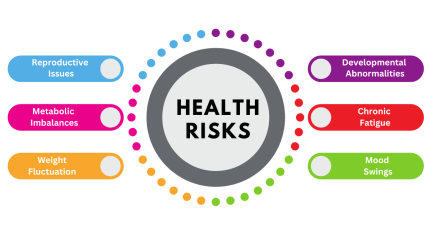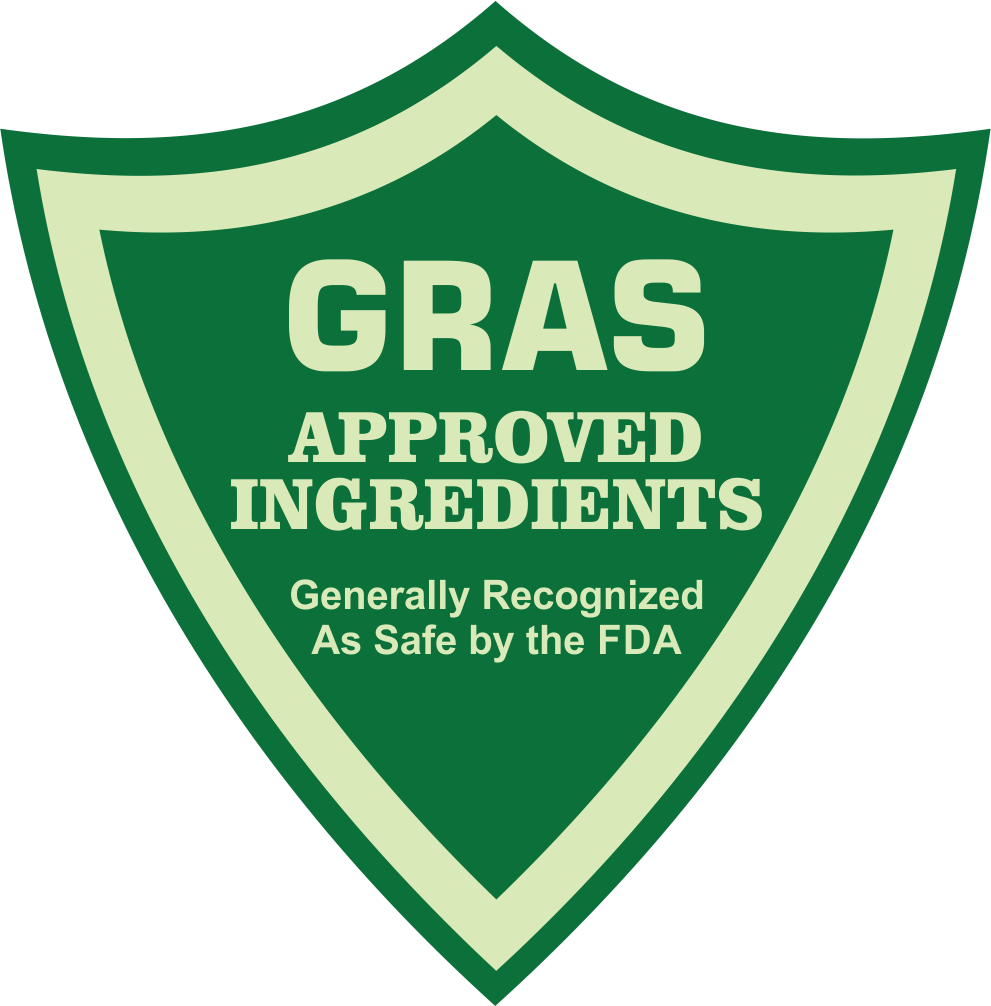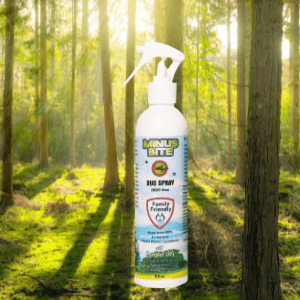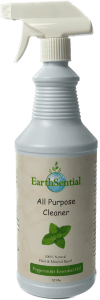Safeguard your Respiratory Health
Cleaning with Caution: How Traditional Household Cleaners Impact Your Breathing
Safeguard Your Respiratory Health now and forever! When it comes to keeping our homes clean and fresh, many of us turn to traditional household cleaners without giving much thought to their potential health risks.
However, it’s crucial to understand that these seemingly harmless cleaning agents can pose significant dangers to our respiratory system.
The air we breathe is essential for our well-being, but when it becomes contaminated with toxic fumes and chemical irritants from traditional cleaners, our respiratory system can suffer.
Traditional household cleaners most likely contain harmful substances such as ammonia, chlorine, and volatile organic compounds (VOCs). These chemicals have the potential to irritate our airways, trigger asthma attacks, and even lead to chronic respiratory conditions.
It’s crucial to recognize that the respiratory system is particularly vulnerable to the effects of these chemicals. When we inhale them, they can penetrate deep into our lungs, causing irritation, inflammation, and breathing difficulties. This can be especially concerning for individuals with pre-existing respiratory conditions or allergies, as they may experience heightened sensitivity and adverse reactions.
Understanding the potential health risks associated with traditional cleaners is essential for protecting our respiratory health and that of our loved ones. By becoming aware of the dangers posed by these products, we can make informed choices and seek out safer alternatives that prioritize our well-being.
The use of traditional cleaners in our homes can have long-term consequences for our respiratory health. By opting for safer alternatives, such as natural and non-toxic cleaning products, we can minimize exposure to harmful chemicals and reduce the risk of respiratory problems. It’s important to prioritize products that are free from harsh irritants, volatile compounds, and synthetic fragrances, as these can significantly impact our respiratory system.
Being aware of the respiratory problems associated with traditional household cleaners is crucial for safeguarding our health. By understanding the potential risks and making informed choices, we can create a healthier environment for ourselves and our families. Let’s prioritize our respiratory well-being by choosing safer alternatives that allow us to clean our homes effectively without compromising our lung health.

Safeguard your Respiratory Health
The Impact of Traditional Cleaner on Your Respiratory Health
Our respiratory system plays a vital role in keeping us alive and well. It consists of the lungs, airways, and other structures responsible for delivering oxygen to our body and expelling waste gases. However, this intricate system is also vulnerable to the harmful effects of chemical irritants present in traditional household cleaners. When we breathe in these toxic substances, they can directly impact our respiratory system, leading to a range of health issues.
Common Respiratory Problems caused by Traditional Cleaners
Irritation of the airways:
Traditional cleaners often contain volatile chemicals that can irritate the delicate tissues lining our airways. When these chemicals are inhaled, they can trigger symptoms such as coughing, wheezing, and throat irritation. Prolonged exposure to these irritants can cause chronic inflammation, leading to persistent respiratory discomfort.
Asthma exacerbation:
For individuals with asthma, the use of traditional cleaners can be particularly problematic. The chemicals present in these products can act as triggers, exacerbating asthma symptoms and making it difficult to breathe. Asthma attacks characterized by shortness of breath, chest tightness, and wheezing may become more frequent and severe.
Allergic reactions:
Some traditional cleaners contain ingredients known to cause allergic reactions in susceptible individuals. These allergies can manifest as respiratory symptoms, including sneezing, runny nose, congestion, and difficulty breathing. Common allergens found in cleaning products include fragrances, preservatives, and certain surfactants.
Chronic obstructive pulmonary disease (COPD):
Prolonged exposure to chemical irritants in traditional cleaners can contribute to the development or worsening of chronic obstructive pulmonary disease (COPD). COPD is a progressive lung condition characterized by breathing difficulties, coughing, and reduced lung function. The irritants in cleaning products can further damage the airways and exacerbate the symptoms of COPD.
Understanding the respiratory problems caused by traditional cleaners is crucial for safeguarding our lung health. By being aware of the potential risks and opting for safer alternatives, we can reduce the likelihood of respiratory issues and create a cleaner and healthier environment for ourselves and our loved ones.
Safeguard your Respiratory Health
The Harmful Chemicals Lurking in Traditional Cleaners
Ammonia:
Ammonia is a common ingredient in many household cleaners, especially glass and bathroom cleaners. While it is effective at cutting through grease and grime, ammonia releases strong fumes that can irritate the respiratory system. Prolonged exposure to ammonia fumes may lead to coughing, wheezing, and throat irritation, particularly in individuals with pre-existing respiratory conditions.
Chlorine:
Chlorine is a powerful disinfectant commonly found in bleach and some multipurpose cleaners. While it is effective at killing germs, chlorine releases noxious fumes that can be detrimental to respiratory health. Inhalation of chlorine fumes can cause respiratory irritation, shortness of breath, and chest tightness. Individuals with asthma or other respiratory conditions may experience severe exacerbations in the presence of chlorine.
Volatile Organic Compounds (VOCs):
VOCs are a group of chemicals commonly found in many traditional cleaning products, including air fresheners, carpet cleaners, and furniture polishes. These compounds easily evaporate at room temperature and release gases into the air, contributing to indoor air pollution. VOCs such as benzene, formaldehyde, and toluene have been linked to respiratory problems, including respiratory irritation, allergic reactions, and even long-term damage to the lungs.
How these chemicals can irritate the respiratory system and cause breathing difficulties:
When these harmful chemicals are inhaled, they can irritate the delicate tissues lining the respiratory system. The respiratory system’s primary function is to deliver oxygen to the body and expel waste gases. However, exposure to chemicals like ammonia, chlorine, and VOCs can disrupt this delicate balance, leading to a range of respiratory issues.
These chemicals can directly irritate the airways, causing inflammation and triggering symptoms such as coughing, wheezing, and throat irritation. They can also damage the lining of the lungs, making them more susceptible to infections and reducing their ability to efficiently exchange oxygen and carbon dioxide.
In individuals with pre-existing respiratory conditions, such as asthma or COPD, the inhalation of these chemicals can have a more severe impact. The irritants can act as triggers, exacerbating their symptoms and making it even harder to breathe.
By understanding the harmful chemicals present in traditional cleaners and their potential respiratory effects, we can make informed choices to protect our respiratory health. Opting for safer, non-toxic alternatives can help us create a healthier home environment and reduce the risk of respiratory issues for ourselves and our loved ones.

The Symptoms and Effects of Respiratory Problems
Coughing and Wheezing:
Prolonged exposure to harmful chemicals in traditional cleaners can irritate the airways, leading to persistent coughing and wheezing. These symptoms are often a result of inflammation and narrowing of the air passages, making it harder to breathe.
Shortness of Breath:
One of the hallmark symptoms of respiratory issues is a sensation of breathlessness or difficulty breathing. Inhalation of toxic fumes from traditional cleaners can cause constriction of the airways, resulting in a feeling of tightness in the chest and a struggle to take in enough air.
Chest Tightness:
The inhalation of harmful chemicals can also cause chest tightness, a sensation of pressure or discomfort in the chest area. This symptom is often associated with increased resistance in the airways and can contribute to feelings of anxiety or panic.
Nasal Congestion and Irritation:
Exposure to toxic chemicals can irritate the delicate tissues of the nose and sinuses, leading to nasal congestion, sneezing, and irritation. This can make breathing through the nose challenging and contribute to a sense of respiratory discomfort.
Long-term effects and potential complications of repeated exposure to harmful chemicals:
Repeated exposure to the toxic chemicals found in traditional cleaners can have long-term effects on respiratory health. Continuous inhalation of these substances may lead to the development or worsening of respiratory conditions such as asthma, chronic bronchitis, and chronic obstructive pulmonary disease (COPD).
Prolonged exposure to harmful chemicals can increase the risk of respiratory infections as the irritants can weaken the immune defenses of the respiratory system. Individuals who frequently use traditional cleaners may experience more frequent respiratory infections, including bronchitis and pneumonia.
Repeated exposure to these toxic chemicals can have systemic effects on the body, impacting overall health and well-being. Some studies have suggested a potential link between exposure to certain chemicals and the development of respiratory allergies, hypersensitivity pneumonitis, and even lung cancer.
It is essential to recognize the symptoms and effects of respiratory problems caused by traditional cleaners to take appropriate steps to protect our respiratory health. By opting for safer alternatives and minimizing exposure to harmful chemicals, we can reduce the risk of these symptoms and promote healthier breathing for ourselves and our families.
Safer Alternatives for Respiratory Health
In our quest for a clean and healthy home, it is crucial to explore safer alternatives that promote respiratory well-being. Natural and non-toxic cleaning products offer a breath of fresh air by eliminating harmful chemicals that can irritate the respiratory system. These alternatives are composed of plant-based ingredients, essential oils, and other safe substances that effectively clean without compromising our lung health.
Benefits
Reduced Respiratory Irritation:
By choosing natural and non-toxic cleaning alternatives, we can minimize respiratory irritation caused by harsh chemicals found in traditional cleaners. These gentle formulas are free from common respiratory irritants like ammonia and chlorine, allowing us to clean our homes without subjecting our lungs to unnecessary stress.
Improved Indoor Air Quality:
Traditional cleaners often release volatile organic compounds (VOCs) into the air, which can contribute to indoor air pollution. In contrast, natural and non-toxic cleaning alternatives have lower VOC levels and emit fewer harmful substances into our living spaces. This helps to maintain a healthier indoor environment, reducing the risk of respiratory issues and promoting overall well-being.
EarthSential is free from artificial fragrances and dyes, which can trigger respiratory allergies and sensitivities in some individuals. By avoiding these potential triggers, we can create a more comfortable and breathable environment for everyone in our home.
By opting for natural and non-toxic cleaning alternatives, we can transform our cleaning routine into a respiratory-friendly experience. Not only do these products provide effective cleaning power, but they also contribute to a healthier indoor environment, protecting our lungs and ensuring a breath of fresh air for ourselves and our loved ones.

Tips for Minimizing Exposure and Promoting Respiratory Health
A Proper ventilation while using cleaning products:
When using any cleaning products, ensure proper ventilation in the area. Open windows, turn on fans, and allow fresh air to circulate, helping to minimize the concentration of cleaning fumes in the air. This simple step can significantly reduce respiratory exposure to potentially harmful chemicals.
Using protective gear such as gloves and masks:
To further protect your respiratory health, consider wearing gloves and masks while cleaning. Gloves shield your skin from direct contact with cleaning agents, while masks help filter out airborne particles and reduce inhalation of dust or cleaning fumes. These precautions can provide an extra layer of defense and minimize respiratory irritation.
Cleaning regularly to prevent buildup of dust and allergens: Regular cleaning plays a vital role in maintaining respiratory health. Dust, allergens, and other airborne particles can accumulate over time, triggering respiratory symptoms and exacerbating existing conditions. Dust surfaces, vacuum carpets and upholstery, and mop floors regularly to reduce the presence of these irritants and promote cleaner air.
Remember to clean or replace air filters in your HVAC system and use high-quality vacuum cleaners with HEPA filters to effectively capture and remove airborne particles. These measures help create an environment that supports respiratory wellness.
Creating a clean and healthy indoor environment for respiratory well-being:
In addition to using safer cleaning alternatives and adopting good cleaning practices, there are other steps you can take to promote respiratory health in your home:
Maintain optimal humidity levels:
Excessive humidity can contribute to mold growth, while low humidity can cause dryness and irritation. Use humidifiers or dehumidifiers to keep humidity levels in the recommended range of 30-50%.
Regularly inspect and address potential sources of indoor air pollutants:
Check for any signs of water leaks, mold growth, or pest infestations, as these can negatively impact air quality and respiratory health. Address these issues promptly to create a cleaner and healthier indoor environment.
Incorporate indoor plants:
Certain indoor plants, such as peace lilies, spider plants, and snake plants, can help improve air quality by naturally filtering out toxins and releasing oxygen. Adding these plants to your living spaces can contribute to a fresher and more breathable atmosphere.
By following these tips and implementing cleaner practices in your home, you can minimize exposure to respiratory irritants, reduce allergens, and create an environment that supports respiratory well-being. Taking these proactive steps not only protects your lungs but also contributes to a healthier and more comfortable living space for you and your family.
Choosing Safer Alternatives for Respiratory Health
We have explored the respiratory problems commonly associated with the use of traditional household cleaners. Chemicals like ammonia, chlorine, and volatile organic compounds (VOCs) can irritate the airways, trigger asthma attacks, and cause allergic reactions. Understanding these risks is crucial in safeguarding our respiratory health and the well-being of our loved ones.
Given the potential dangers posed by traditional cleaners, it is vital to seek safer alternatives that are gentle on our respiratory system. Natural and non-toxic cleaning products, like those offered by EarthSential, provide effective cleaning without the harmful chemicals found in traditional cleaners. By choosing these alternatives, we can significantly reduce respiratory irritation, minimize the risk of adverse health effects, and create a healthier environment for ourselves and our families.
It is essential to raise awareness about the respiratory risks associated with traditional household cleaners. By educating ourselves and others about the potential dangers, we empower individuals to make informed choices for a cleaner and healthier home. Let us prioritize respiratory health by opting for natural and non-toxic cleaning alternatives, supporting brands like EarthSential that prioritize our well-being and the environment. Together, we can create a safer and more sustainable future where respiratory health is safeguarded, and everyone can breathe easy.

Purchase here…
$26.99
EarthSential
All Purpose Cleaners:
Each designed to bring a touch of natural freshness and cleaning power to your home.
Available in: Clove, Lavender, Lemongrass, Mint & Orange.
These versatile cleaners can be used on a variety of surfaces, including kitchen and bathroom counters, floors, furniture, and even pet items.
We prioritize your well-being and the health of our planet.
That’s why our products are carefully crafted to be non-toxic, ensuring a safe and healthy cleaning experience for you and your family.

The SAFEST All Natural Ingredients
EarthSential products are made with safety as our first ingredient! Our ingredients are all natural food grade and all found of the GRAS List, approved as SAFE ingredients by the FDA. Rest assured that our products are the SAFEST in the world, we made them that way.
Related Articles:
![]()
Traditional Cleaners Pose Risks for

Chronic Lower Respiratory Diseases
by Bonnie Pellerin Ι June 9, 2023 Ι 4 Min Read
Toxic Cleaners Exposed

Why You Need to Make the Switch
by Bonnie Pellerin Ι June 29, 2023 Ι 5 Min Read
Impact of cleaning

chemicals on cellular health
by Bonnie Pellerin Ι Jun 29, 2023 Ι 5 Min Read
Cleaners and the

Hormone Disruption Crisis
by Bonnie Pellerin Ι June 8, 2023 Ι 5 Min Read
Toxic Cleaners

Lurking in your Home
by Bonnie Pellerin Ι June 14, 2023 Ι 5 Min Read
The Dangers of Chemical Cleaners

Exploring the Dangers
by Bonnie Pellerin Ι July 11, 2023 Ι 5 Min Read
More Articles:
![]()
Breathe Easy:

How Using Natural Bug Spray Can Help Prevent Respiratory Problems
Get the EarthSential Newsletter
Good deals, great advice & essentially necessary.






